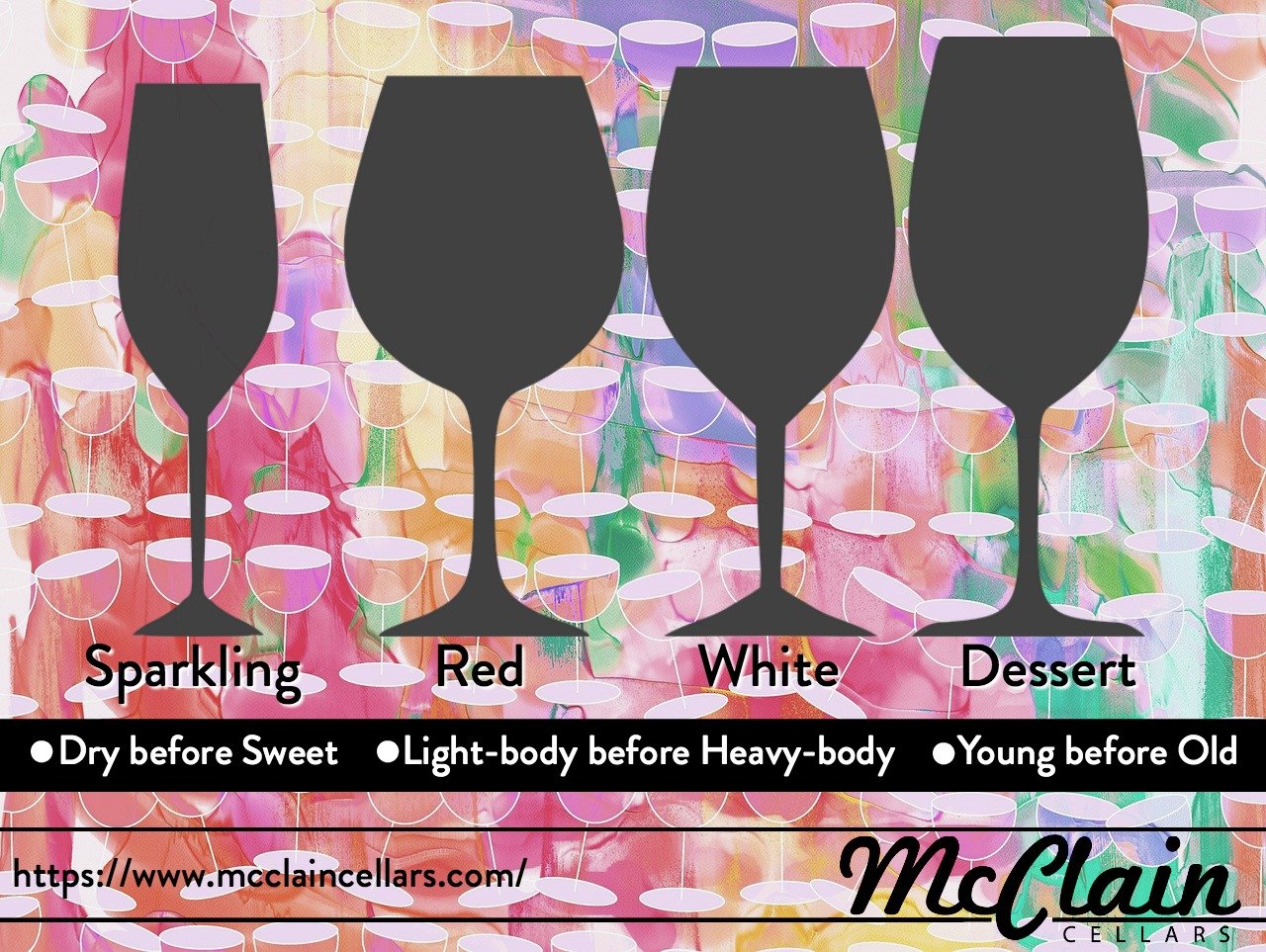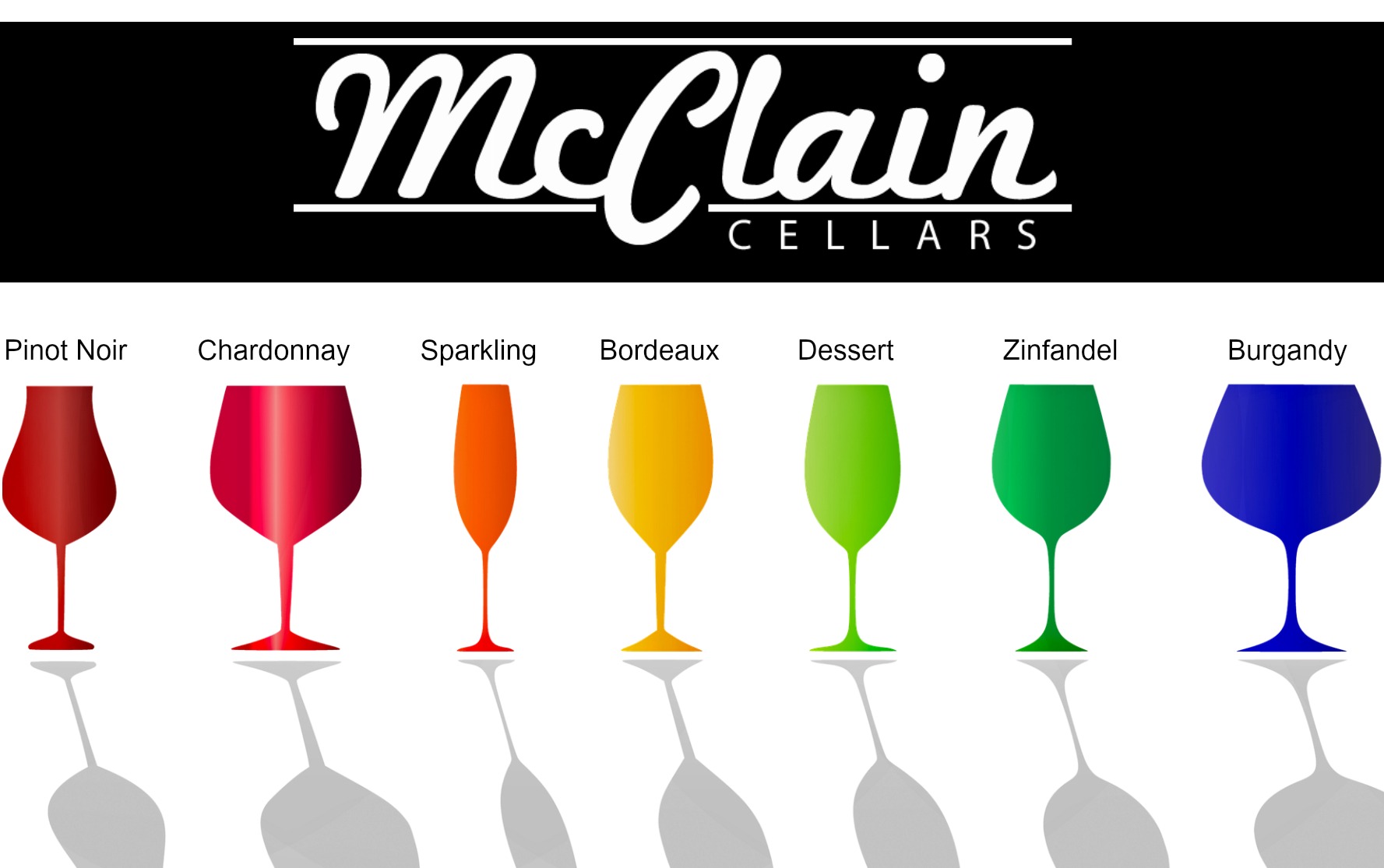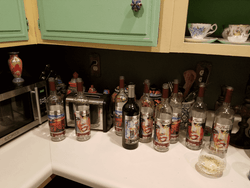So, you’ve taken an interest in wine (applause) and you’ve figured out the basics beyond red and white. You’ve moved onto why a Cabernet Sauvignon is different from a Merlot. But, it turns out, the more you know about wine, the more you need to know! You’re realizing that the glass you pour it in, can be almost as important as the wine itself. Well, tasting is believing so why not have a wine glass tasting?
Believe me, different sized and shaped wine glasses can bring out completely different flavors in your wine. How do you ask? There are a few things at play so sit back, relax, and get your wine education on!
Temperature
Make it a habit to hold your wine glass by the stem, not the bowl. If you do, you may not realize it but your body temperature is actually warming up the wine. That’s why if you feel the wine is too chilled, you are often advised to cup it in your hands.
Surface Area
Swirling the wine in the glass releases aromatic compounds that improve the overall experience of the wine flavor. The amount of space those compounds have to move around in, and the size of the movement in the glass, all affect the taste and the smell. It’ll change depending on the size of the bowl.
Aroma Collector
Ahhh, the aroma! So, you know those tall glasses with only a few swallows of wine at the bottom? Well, that gives the wine more space to move around when you swirl it, unlocking more aromatic compounds. The thin, tapered top, serves two functions. First, it helps the wine stay in the glass as it’s swirled. It’s also designed to get those compounds up to our noses for that important sniff test!
Which Wine Fits Which Glass?

So, what does this new-found knowledge mean for you? Depends on your wine habits. Typically, red wines are served with larger or standard size bowl with a wide opening. These wine glasses are made to handle those richer, spicier flavors. If you’re especially sensitive to the bitterness of red wine tannins, you may find this helps to mitigate it. The wider opening helps the wine go down smoother.
White wines do better in smaller glasses, which can better maintain cooler temperatures. They also tend to preserve the more delicate floral aromas. Champagne flutes are for sparkling wines since they’re the best way to enjoy the fizz. Why? Carbon dioxide collects at the top of the flute! Now, if you’re a fan of dessert wines (such as port) go for a shorter glass with a narrow mouth, to reduce evaporation.
Typically, a standard wine glass is perfect for most occasions, no matter what you’re serving. But, knowing your glassware and your wines can really help make a difference in your dinner parties. And who knows?! As you learn more and more about wine, you may find that you’re willing to go the extra mile to enhance the aromas and flavors of your wine.






